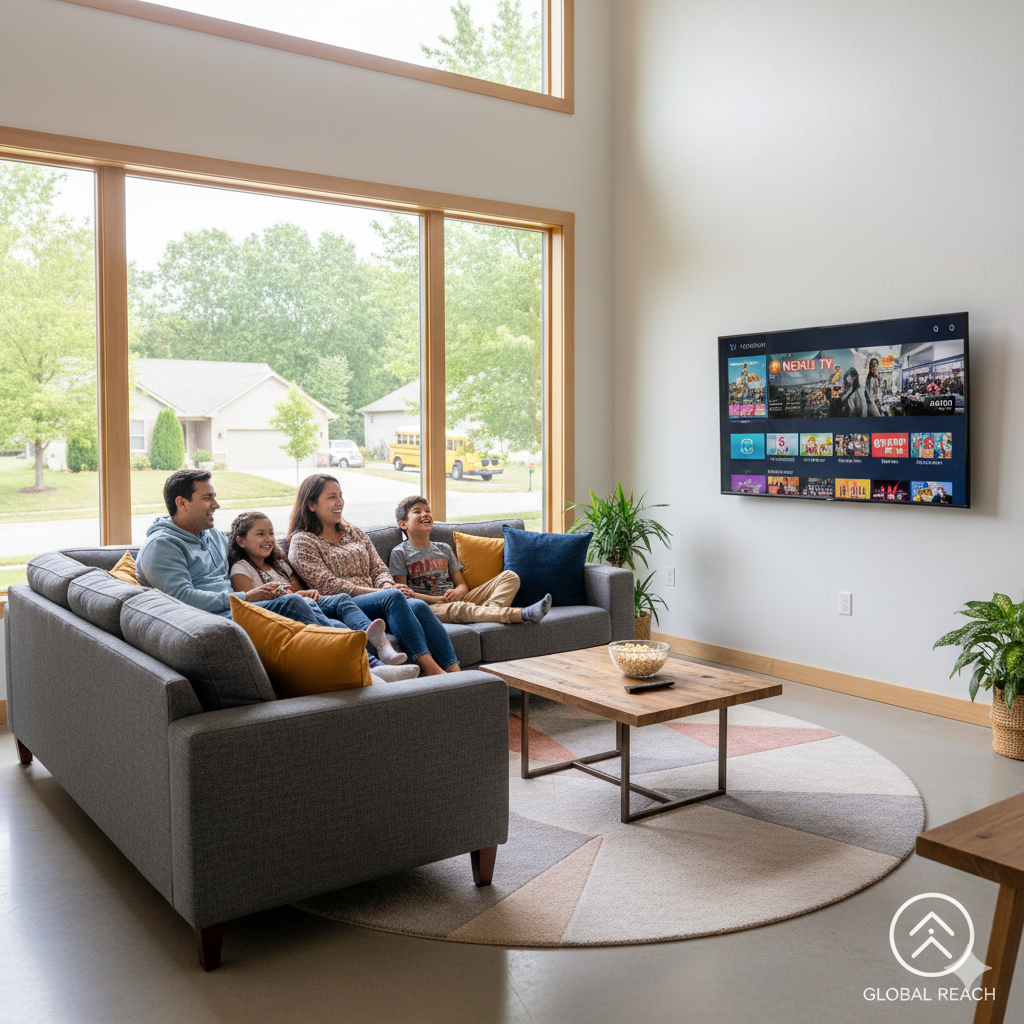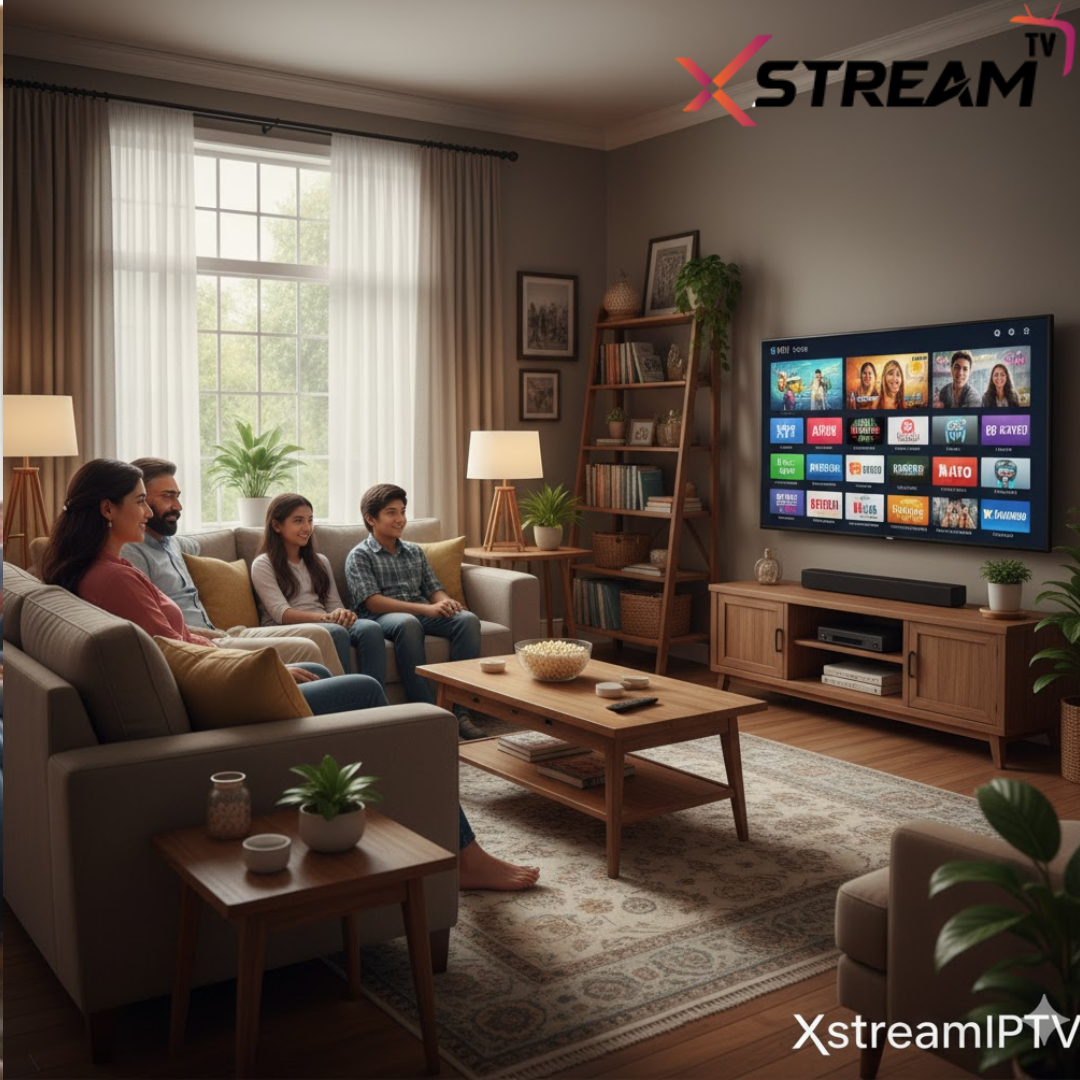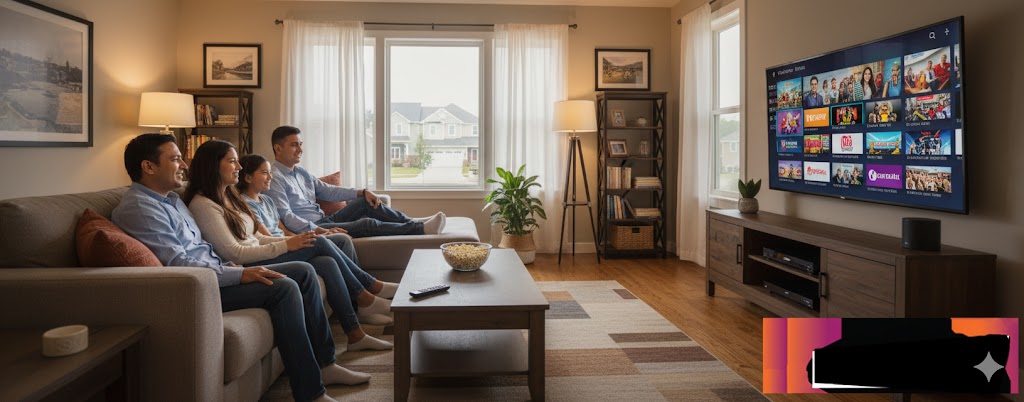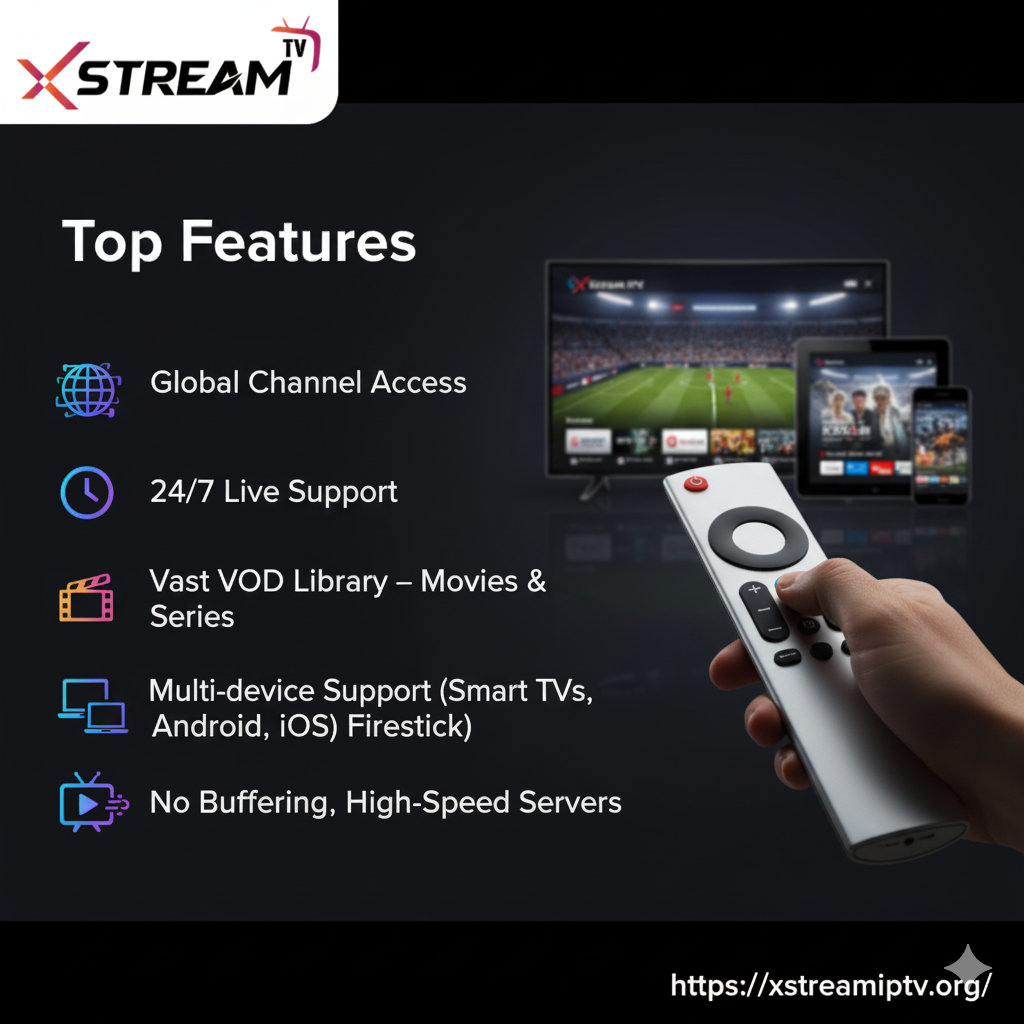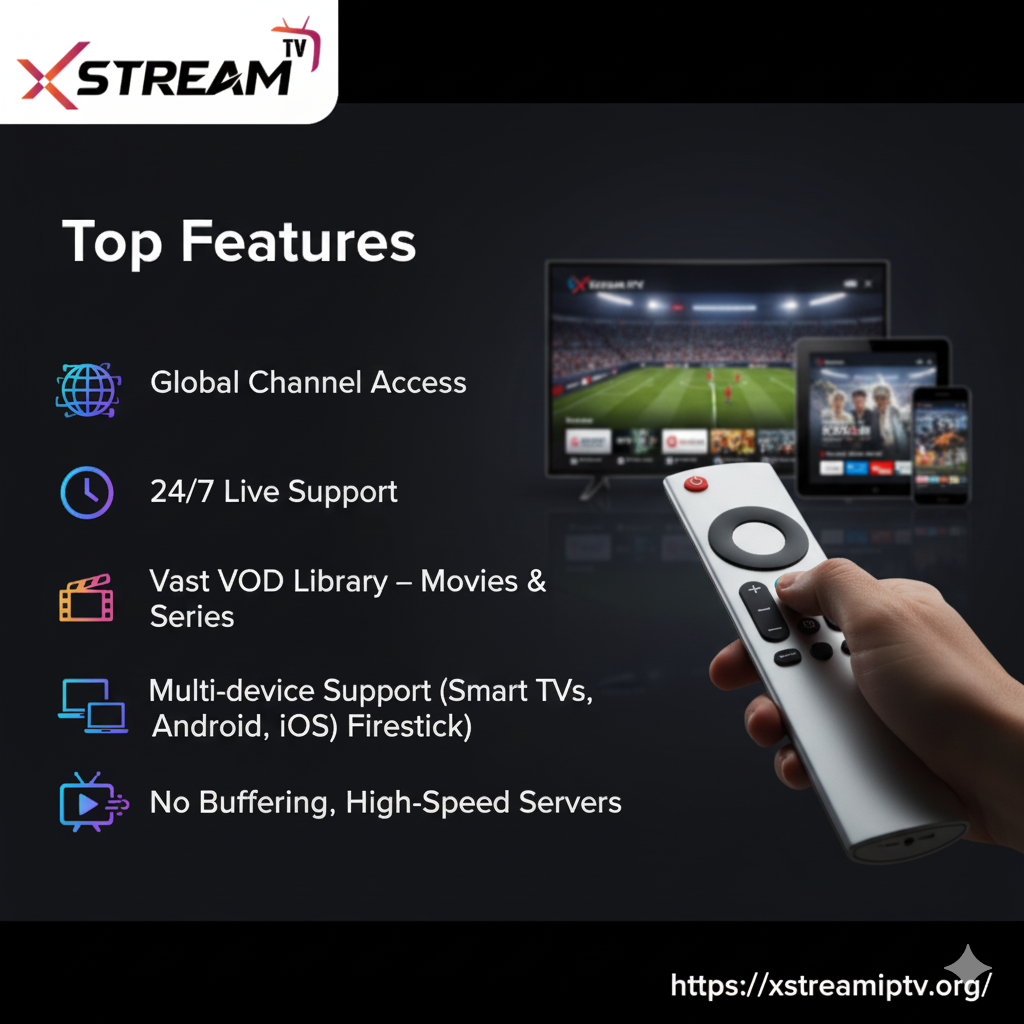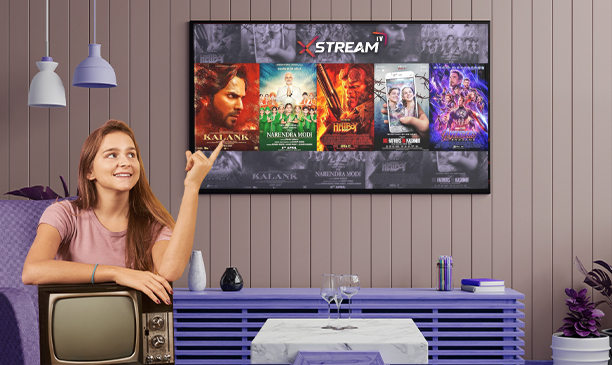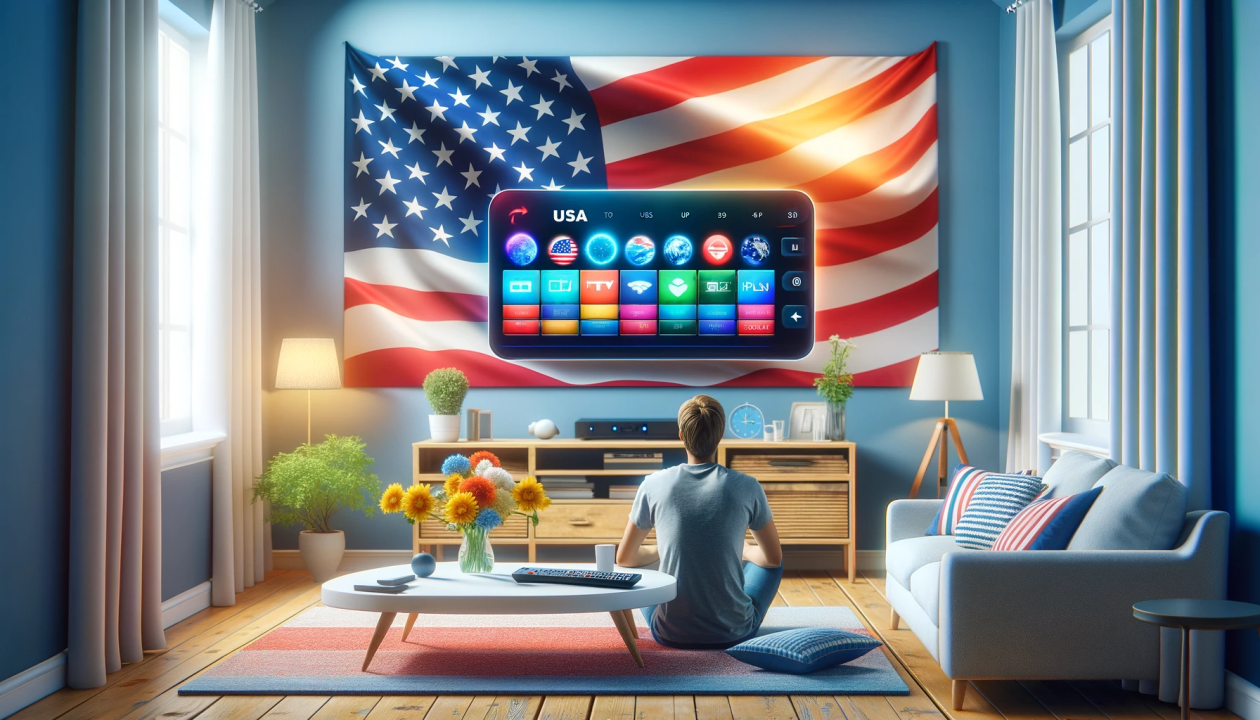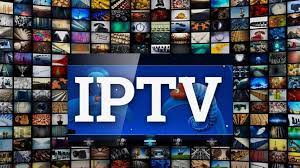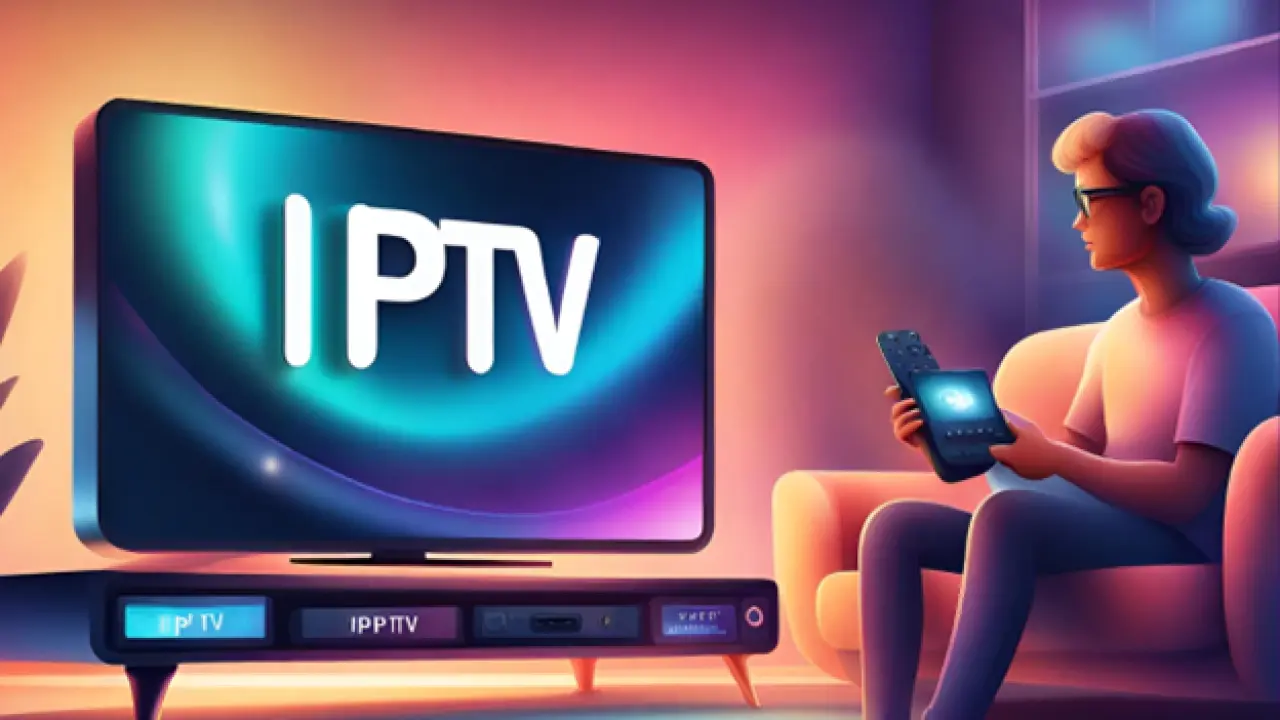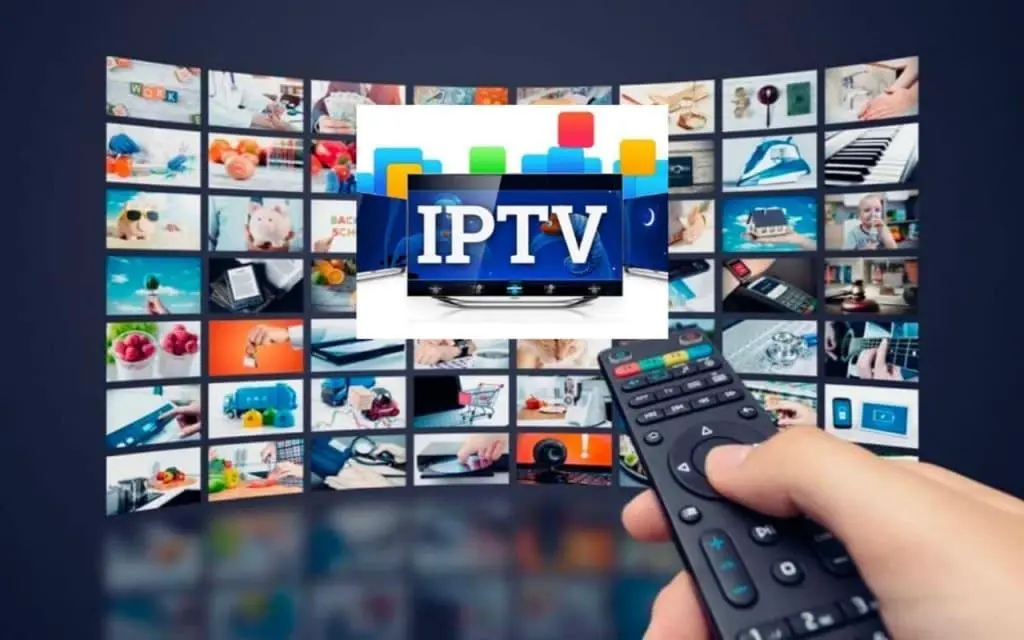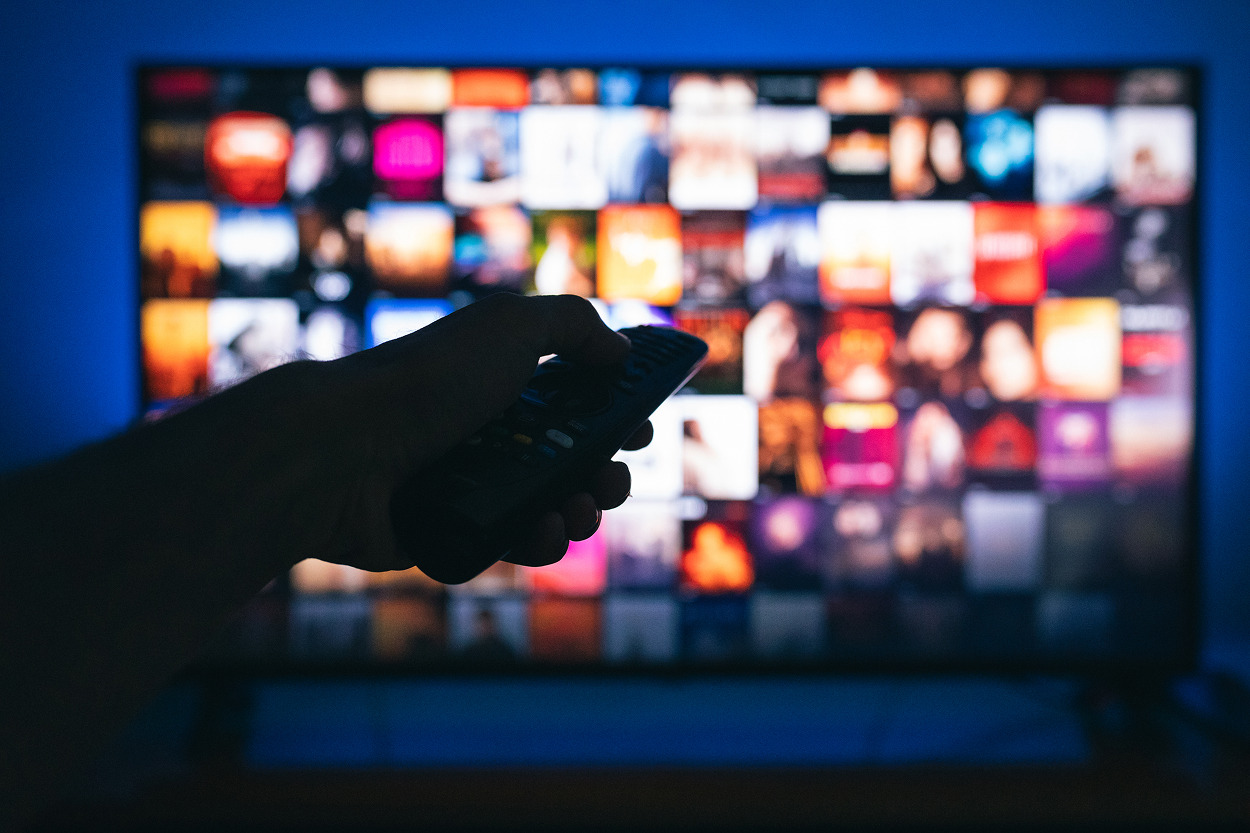IPTV in the USA: What It Is and How It Compares to Cable & OTT
As American viewers grow increasingly frustrated with rigid cable packages and overwhelmed by the flood of OTT platforms, a new player is quietly reshaping the TV experience—IPTV. But what exactly is IPTV, and how does it stack up against traditional cable and the modern OTT giants like Netflix, Hulu, and Amazon Prime?
As American viewers grow increasingly frustrated with rigid cable packages and overwhelmed by the flood of OTT platforms, a new player is quietly reshaping the TV experience—IPTV. But what exactly is IPTV, and how does it stack up against traditional cable and the modern OTT giants like Netflix, Hulu, and Amazon Prime?
What Is IPTV?
IPTV (Internet Protocol Television) delivers TV content over the internet instead of satellite or cable networks. It enables users to stream live channels, on-demand videos, and even time-shifted content directly through an internet connection.
Key features of IPTV USA include:
-
Live TV channels
-
Video on demand (VOD)
-
Pause/rewind/record functionality
-
Multi-device support (smart TVs, phones, tablets, PCs)
Popular IPTV services in the U.S. include Sling TV, YouTube TV, and Philo, among others.
IPTV vs. Cable TV
Let’s see how IPTV in USA compares to traditional cable TV on key factors:
1. Flexibility
-
Cable: Fixed bundles, limited customization.
-
IPTV: Choose specific channels or categories; many providers offer à la carte or slim bundles.
2. Price
-
Cable: Expensive monthly plans with hidden fees.
-
IPTV: Generally more affordable and transparent pricing.
3. Device Compatibility
-
Cable: Tied to a set-top box or limited hardware.
-
IPTV: Works across smartphones, smart TVs, tablets, PCs—no extra hardware required.
4. Portability
-
Cable: Tied to home setup.
-
IPTV: Watch anywhere with internet access.
5. User Experience
-
Cable: Traditional guide-based navigation.
-
IPTV: Smart interfaces, voice control, personalized recommendations.
IPTV vs. OTT Platforms
OTT (Over-the-top) services like Netflix and Hulu also stream over the internet, but differ from IPTV USA in key ways:
1. Content Type
-
OTT: On-demand content only (movies, shows).
-
IPTV: Live TV, VOD, and time-shifted TV.
2. Channel Access
-
OTT: No live channels (except for premium services like Hulu + Live TV).
-
IPTV: Access to news, sports, and entertainment channels in real time.
3. Subscription Model
-
OTT: Monthly fee for specific content libraries.
-
IPTV: Subscription often covers hundreds of live channels and VOD.
4. Target Audience
-
OTT: Binge-watchers and movie lovers.
-
IPTV: Users looking to replicate the cable TV experience with internet benefits.
Why IPTV Is Gaining Popularity in the USA
In 2025, more American households are choosing IPTV in USA because it blends the best of both worlds—live TV like cable and flexibility like OTT. Key reasons include:
-
Cost savings
-
No long-term contracts
-
Custom channel selections
-
Compatibility with multiple devices
-
4K and HD streaming options
-
Integration with smart home systems
Final Thoughts
IPTV USA is no longer an emerging technology—it’s a mainstream alternative to cable in the U.S. As consumers demand more control, better pricing, and convenience, IPTV bridges the gap between traditional broadcasting and the digital age. Services like XstreamIPTV are leading this shift by offering flexible, affordable access to live TV and on-demand content across devices. Whether you're cutting the cord or just exploring smarter ways to watch TV, IPTV in USA, powered by providers such as XstreamIPTV, offers a compelling middle ground between cable rigidity and OTT limitations.
Ready to make the switch? Try XstreamIPTV today for a seamless, high-quality TV experience—anytime, anywhere.

